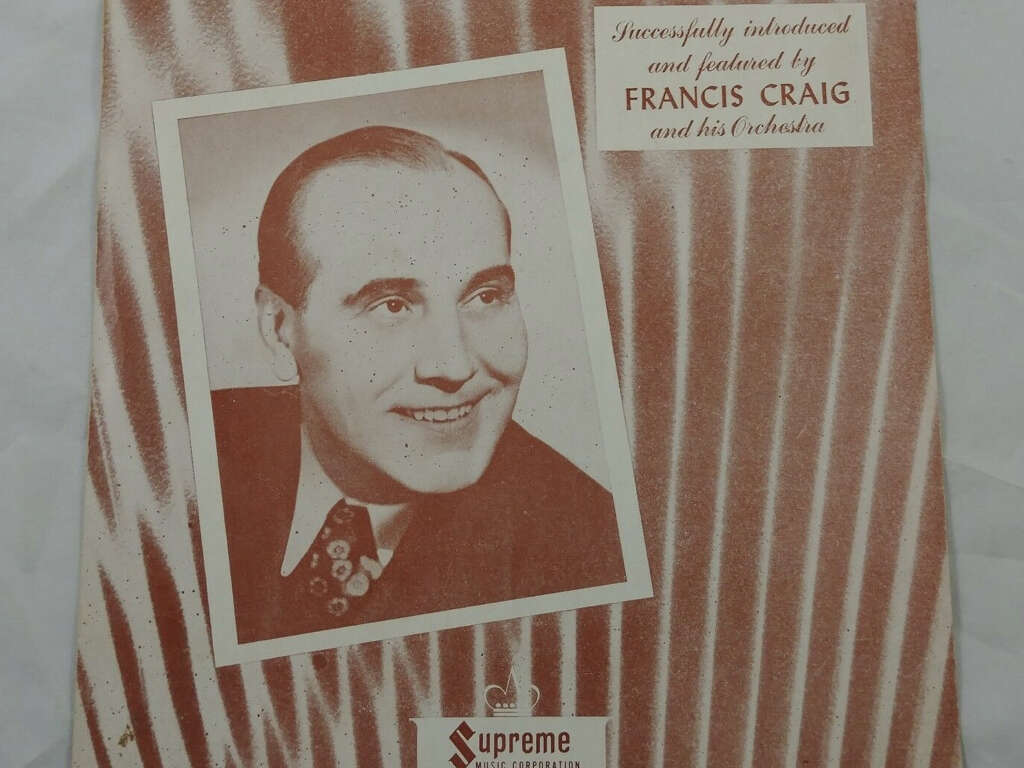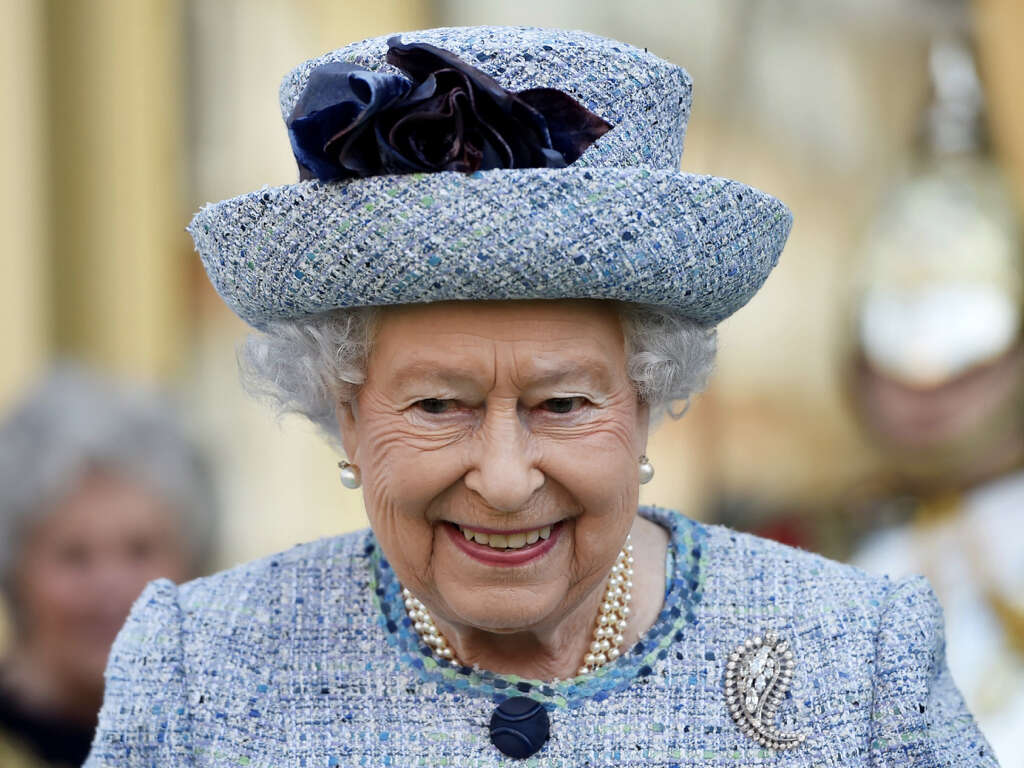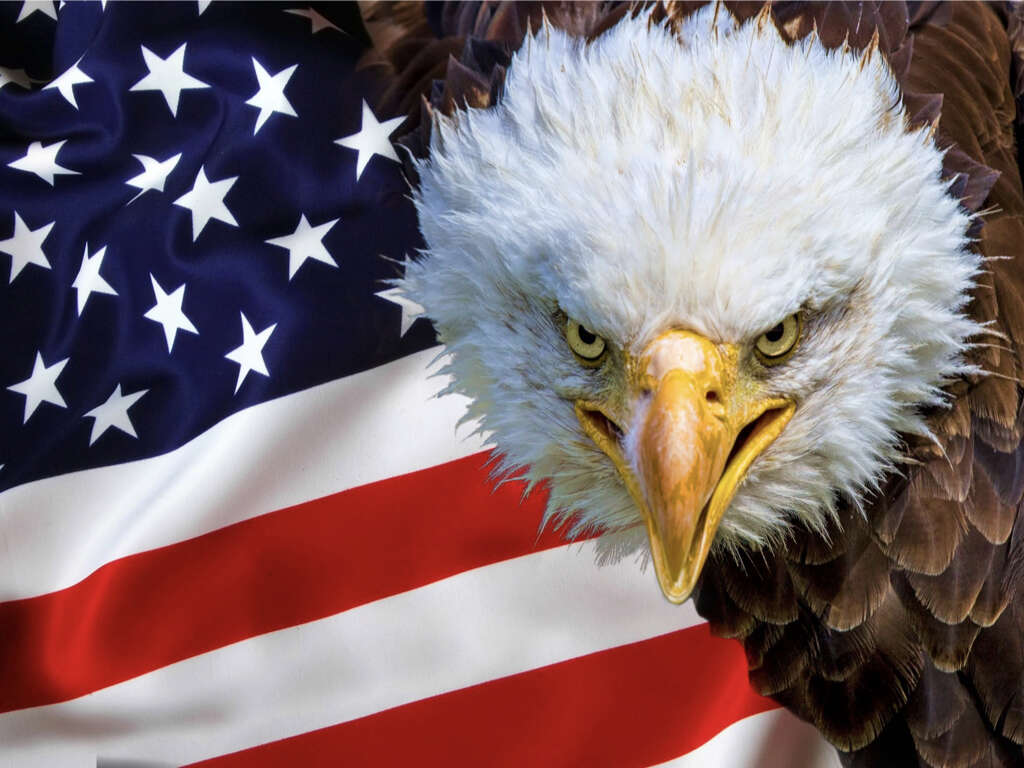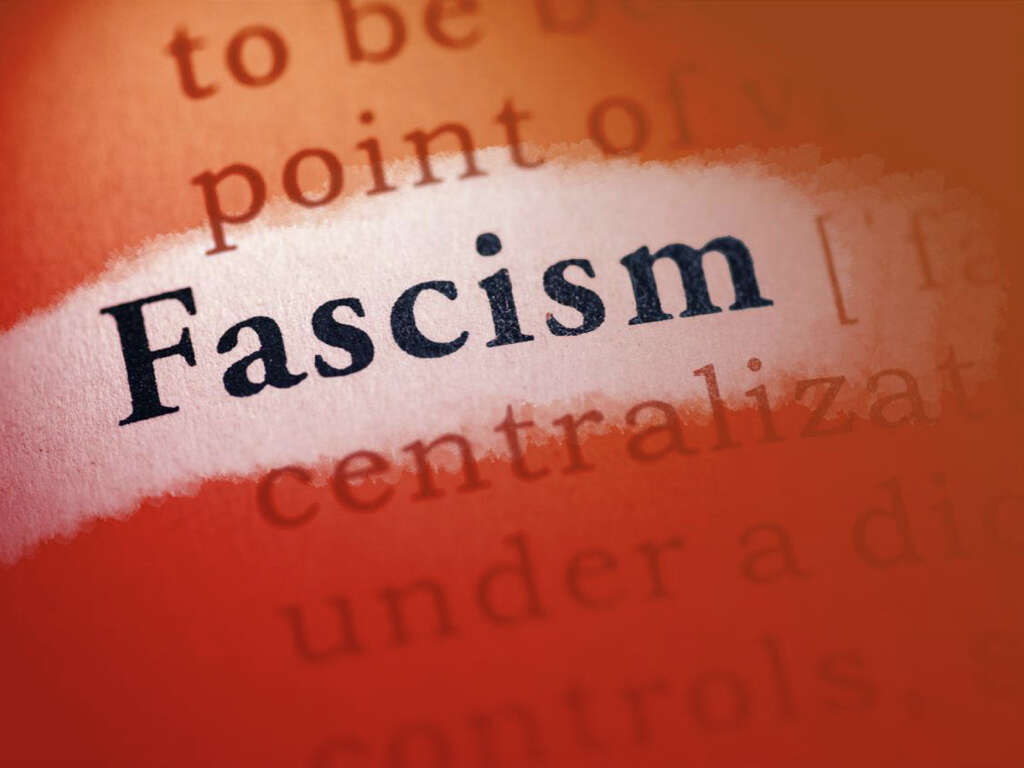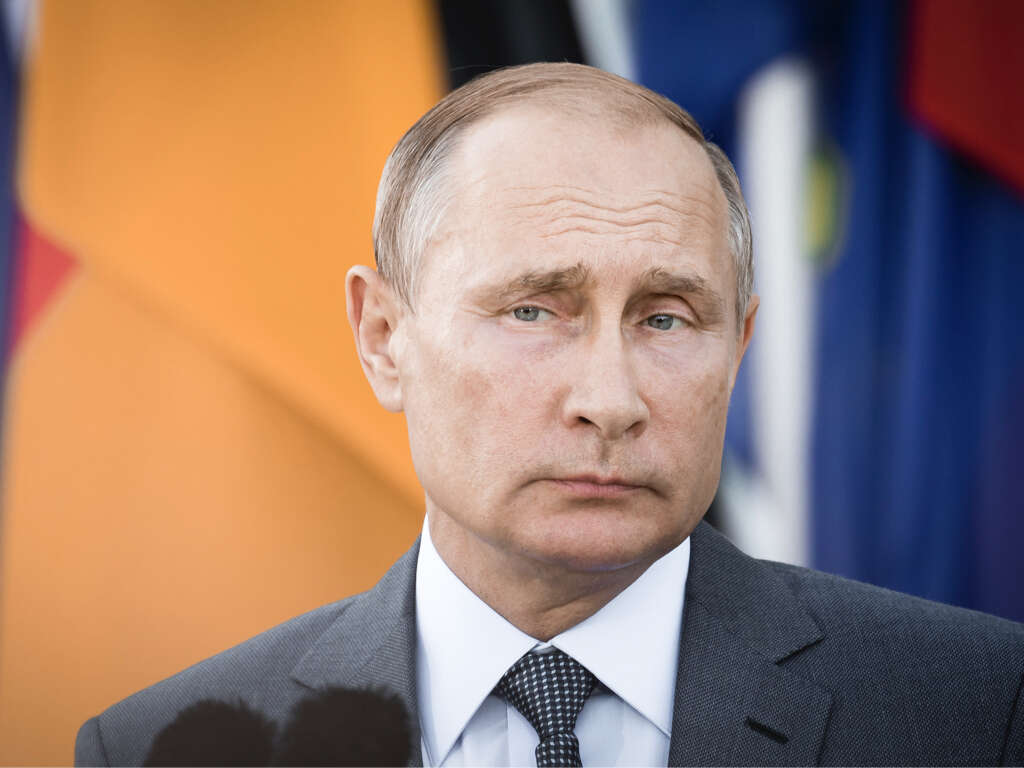What Is Martial Law?
Usually, countries are governed by a civil government, and by a civil police force. People that are arrested and charged will then be tried by a non-military court. In some instances, however, a government, be it civil or military, might choose to have military authorities impose rule over civilians rather than civil authorities.
When this decision is made, it is known as martial law. When martial law is put in place, it is usually because of an emergency of sorts such as a major disaster or even a perceived military threat. When martial law is imposed, civil liberties no longer have to be adhered to by the authorities. Here are a few examples of when martial law has been enacted.
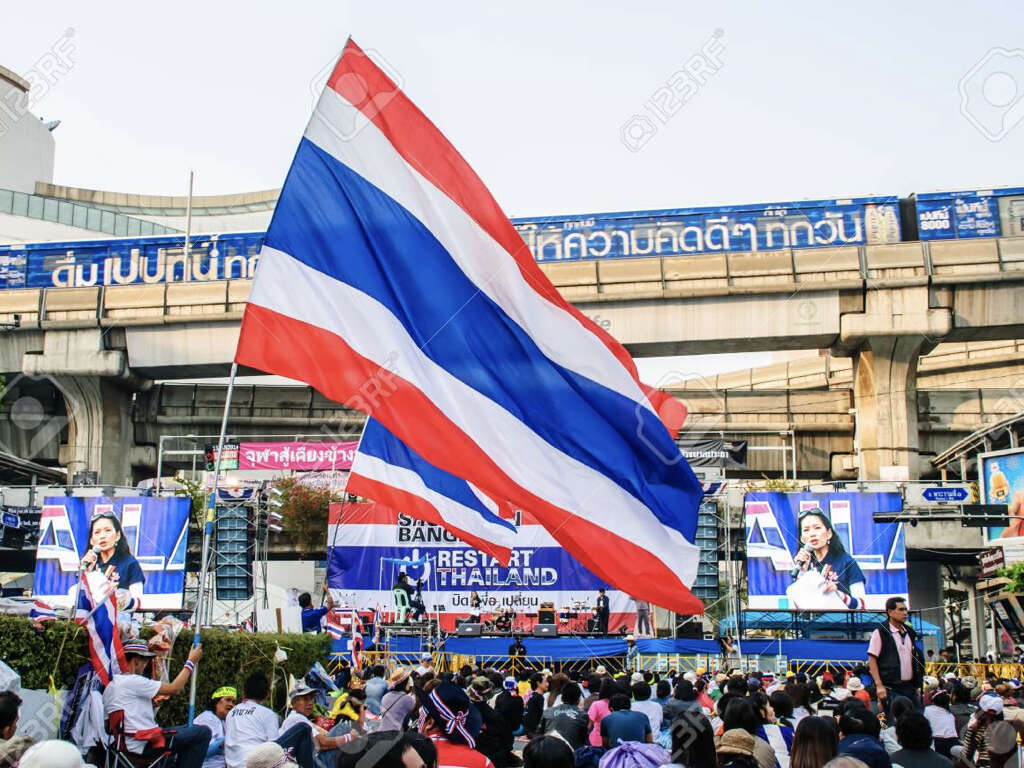
1. The Black War - Australia 1828
In 1788, the first of the British fleets arrived in Australia and started a new colony. It was used partly as a penal colony, but the British also wanted to take what resources they could. They set about taking what they could from the new country, but the new arrivals were not alone on the island. Australia was already home to an indigenous people: Aborigines. Understandably, the aborigines were not keen on their new guests and tensions were high. In 1828, violence between the British settlers and Aborigines was so prevalent that the then governor declared martial war. Unfortunately for the Aborigines, this gave British soldiers impunity in killing them, and the effect was in place for 3 years.
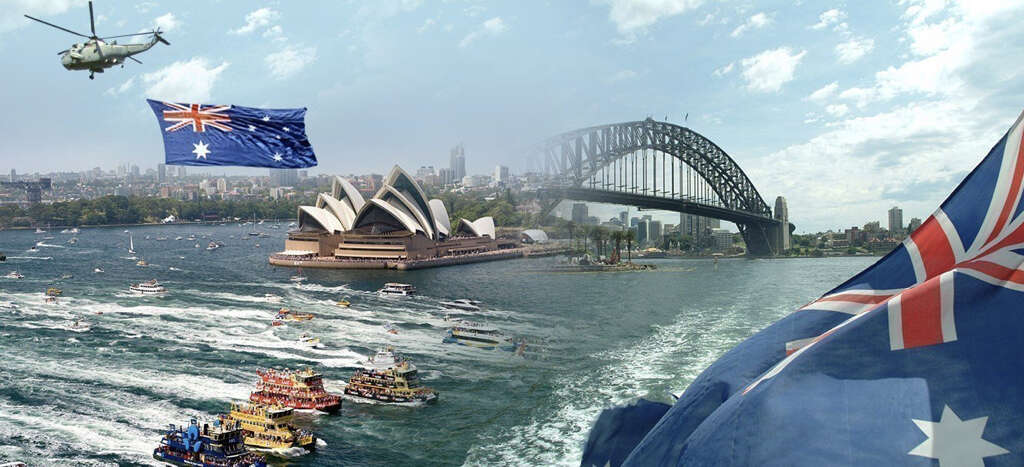
2. Illinois Mormon War 1843
Joseph Smith was the founder of Mormonism, a religion that currently has approximately 14.8 million Mormons worldwide. He is an influential figure even today in his absence, while he was also rather influential when he was still alive.
Smith was accused of the murder of a Missouri governor, Lilburn Boggs, and the state of Missouri wanted to deport him. Smith, however, abused his position as mayor of Nauvoo to obtain a discharge. This inflamed tensions and, as mayor, Smith invoked martial law to deal with rioting residents. The governor of Missouri, Governor Ford, abolished Smith’s decree and Smith had to escape to Iowa. Smith was eventually lynched by a mob while awaiting trial for treason.
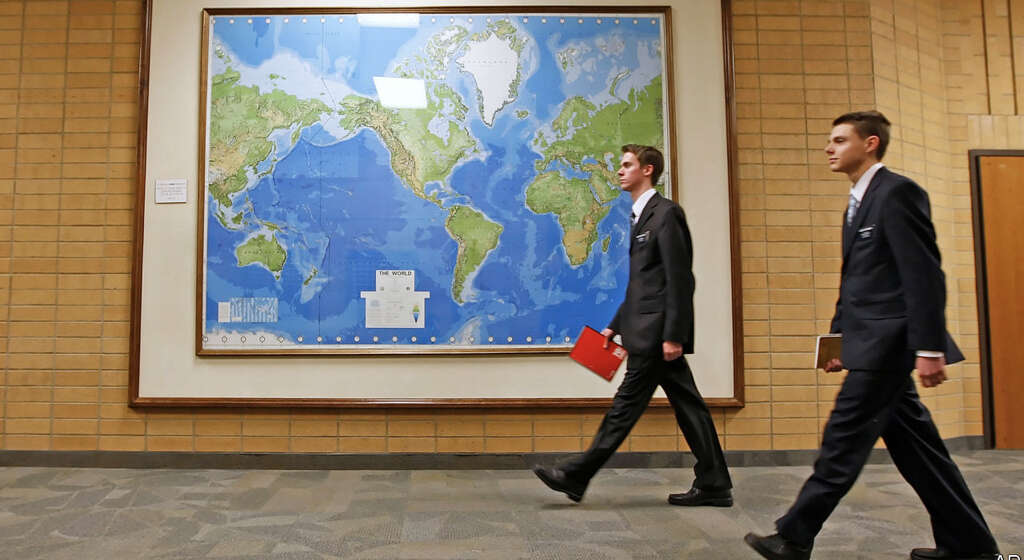
3. Utah War 1857
Utah has long had a high population of people that are followers of the Mormon faith. Even after founder Joseph Smith’s death, the religion only grew stronger. With their high numbers, the Mormon population in the area were very influential, and this made some people rather uneasy.
People at the top, including President James Buchanan, did not like the way governing officials were elected by the Mormons. Things became so tense that, in 1857, the president sent forces to the area. As a result, the Utah governor raised a militia and declared martial law. The conflict lasted from May 1857 to July 1858.
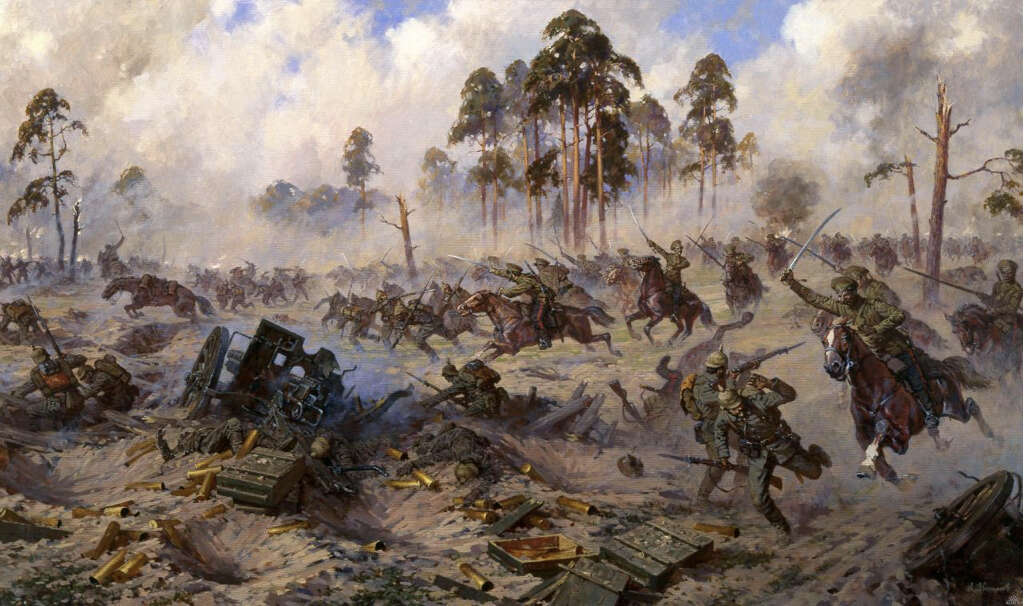
4. President Lincoln 1861
The American Civil War lasted from 1861 to 1865. It was one of America’s bloodiest periods in their history and was largely caused by tensions because of disagreements over slavery. Abraham Lincoln was elected as president in 1860, an event that helped to fan the flames further.
In April 1861, things were looking very serious for Washington D.C. and it was not even considered to be safe for congress to convene. As a result, President Lincoln impose martial law to try and regain some law and order in the region. This decision also led to the creation of the Habeas Corpus Suspension Act of 1863.
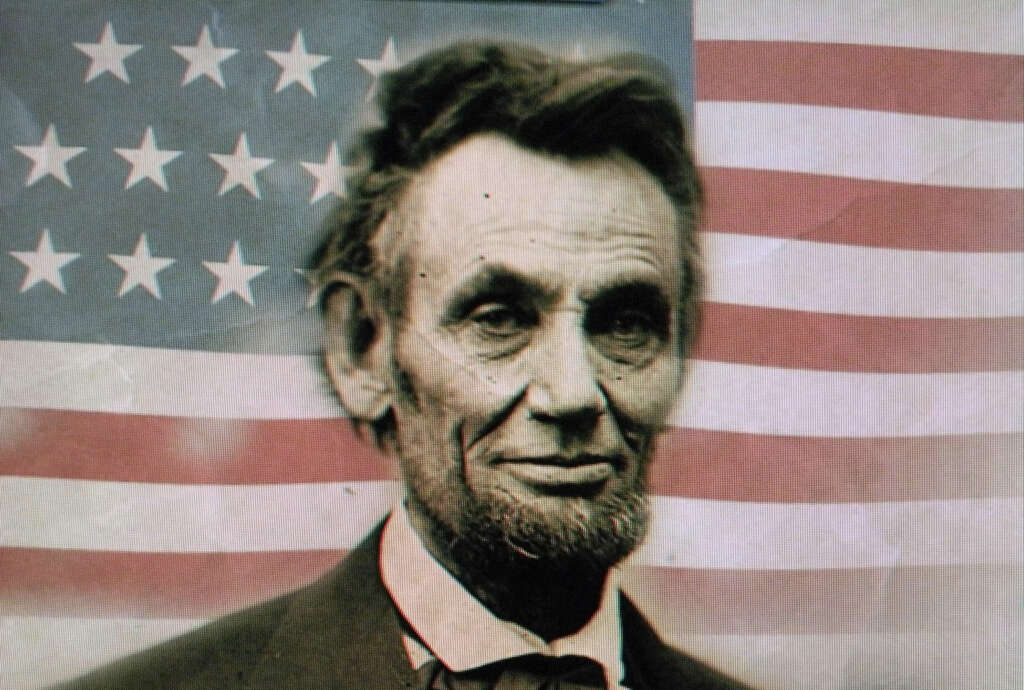
5. Colorado Coalfield War 1913
The Colorado Coalfield War was a conflict between coal mine workers and their employers. The workers protested against working conditions imposed upon them by their employers, but their powerful employers, Colorado Fuel and Iron, refused to budge and the workers went on strike.
The Colorado Governor at the time, Governor Ammon, imposed martial law and called in the national guard to try and deal with the rising tensions. The national guard was supposed to be impartial but ultimately took sides with the worker’s powerful employers, resulting in the Ludlow Massacre. The conflict was eventually ended when President Wilson sent in federal troops.
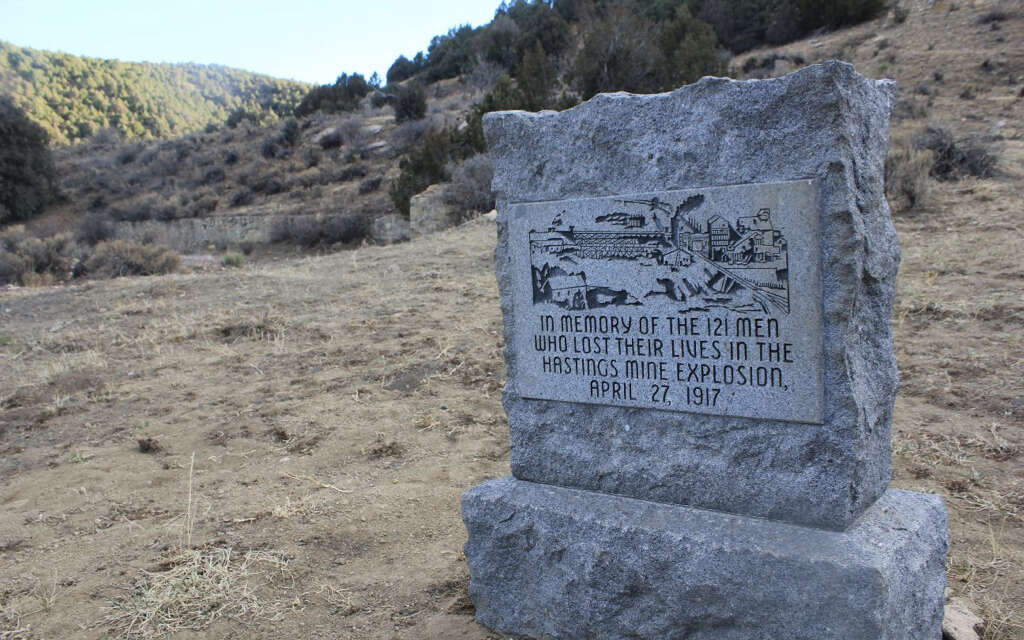
6. The October Crisis - Canada 1970
The Quebec Liberation Front was a terrorist, separatist group that operated in Quebec. The group fought for the sovereignty of Quebec and, between 1963 and 1970, were responsible for killing 8 people and injuring many more in more than 160 incidents. In October 1970, they kidnapped the Quebec Labor Minister: Pierre Laporte, and the British Trade Commissioner: James Cross.
The kidnappings compelled the then Canadian Prime Minister, Pierre Trudeau, to impose martial law. Although civil liberties were suspended on the invocation of the order, the move was widely supported because it was clear that something had to be done about the problems. It is an example of one of the rare occasions that martial law is actually endorsed by a civilian population.

7. The Philippines 1972
The Marcos family are renowned in the Philippines for their extravagant lifestyles, their corruption, and the brutal way they ruled the country. President Ferdinand Marcos ruled as president of the Philippines from 1965 to 1986. Between 1972 to 1981, he imposed martial law, during which time he ruled over the country as an authoritarian dictator.
The government at the time explained that the threat of communism and, and increasing civil disturbances, made martial law a necessity. To begin with, the ruling was welcomed by most. However, as evidence of the government’s brutality and excessive opulence became more apparent, the government saw increasing opposition. A revolution eventually saw Marcos go into exile in 1986.
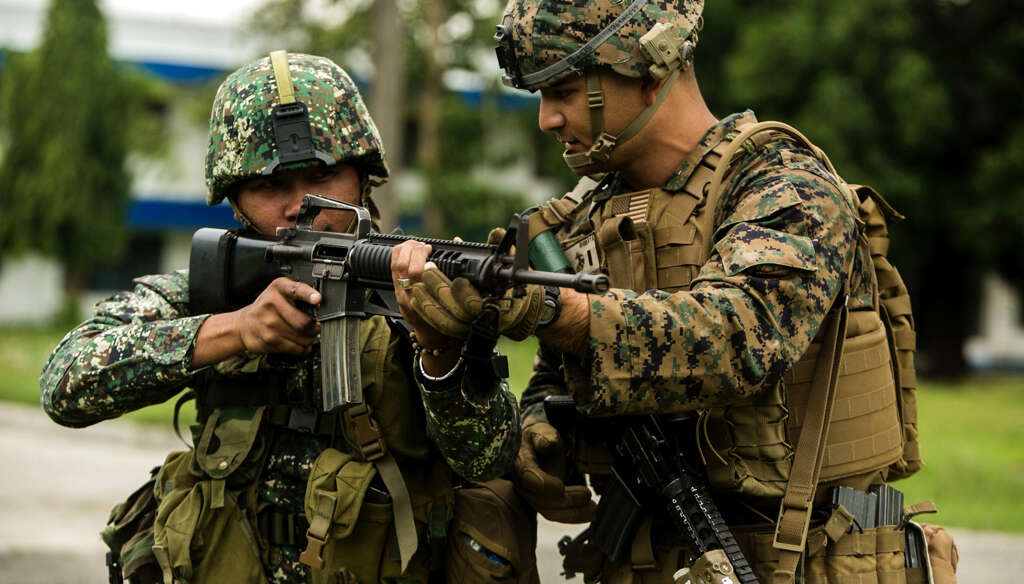
8. Poland 1981
Martial law was imposed in Poland by the Polish People’s Republic government between December 13, 1981, and July 2, 1983. At the time, the government was facing increasing resistance from opposing groups, particularly the trade union solidarity group that saw growing numbers because of failing government policies.
The imposition of martial law meant that the government’s most powerful opponents could be arrested and thrown into prison without even being charged. It is thought that thousands were thrown into prisons, while as many as 91 were killed. Many of the activists remained in jail until 1986, despite martial law being lifted in 1983.
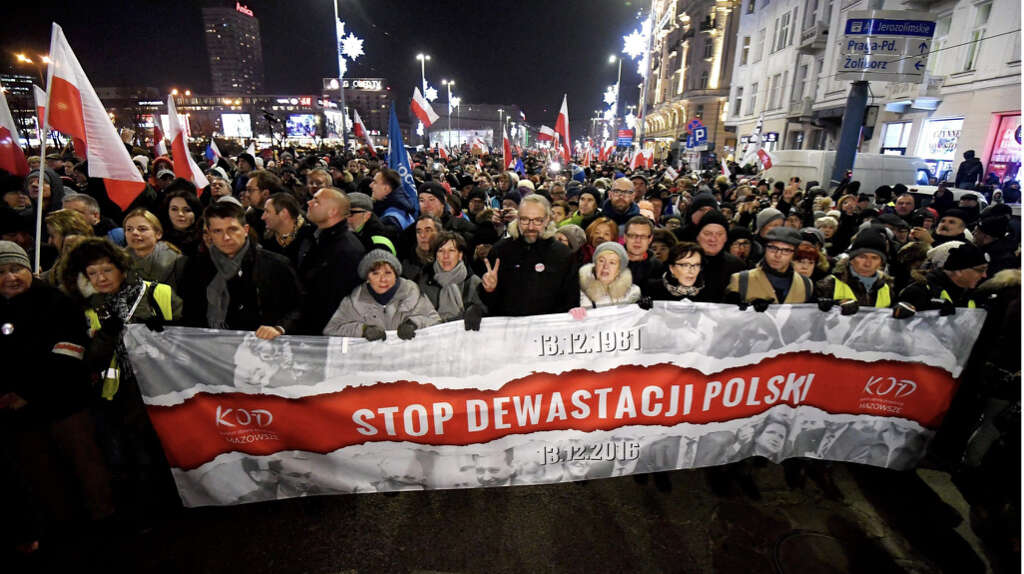
9. China 1989
Tiananmen Square, Beijing, China, was the scene of one of the world’s most famous, and most iconic, political protests. The protests were being led by students with the aim of ending corruption in the Chinese government and invoking democratic reform. The Chinese government ordered what will go down in history as one of the bloodiest crackdowns ever.
The protest started in April 1989, sparked by the death of Hu Yaobang, the communist general secretary who was pro-reform. The Chinese government invoked martial law and troops fired live rounds into the crowd. It is thought that thousands may have been killed. What the incident is perhaps best known for is the symbolic images of a single protestor stopping a column of tanks by refusing to move out of the way.
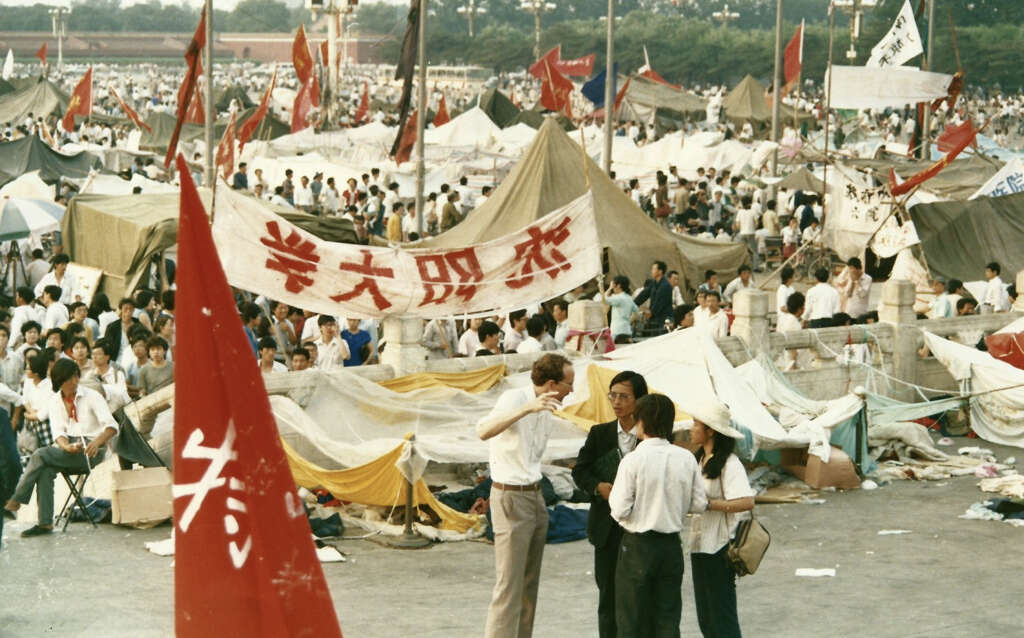
10. Thailand 2006 and 2014
Thailand, an otherwise peaceful country, is a nation that is so often polarized by politics. The country has seen recent military coups in 2006 and 2014, during which martial law was imposed. The military say they have imposed the two most recent coups because of widespread corruption, although some people believe it is down to political bias.
The two latest coups in Thailand have largely been peaceful affairs, with no real need for crackdowns. Life has largely gone on even in the presence of soldiers on the streets, although there have been reports of alleged dissidents being detained. Military rule was lifted in Thailand in 2019 after elections, but an undercurrent of political unease still remains.




